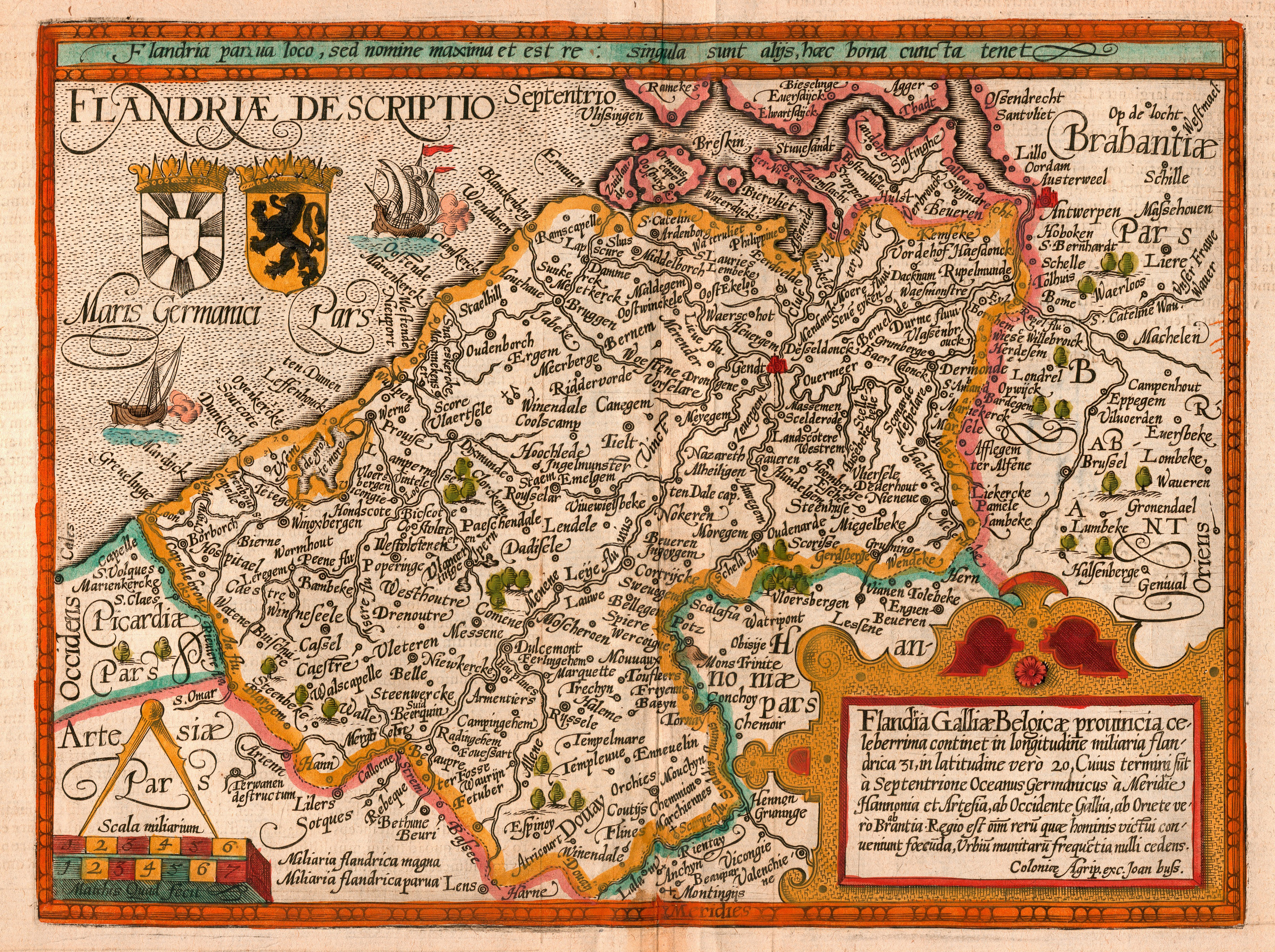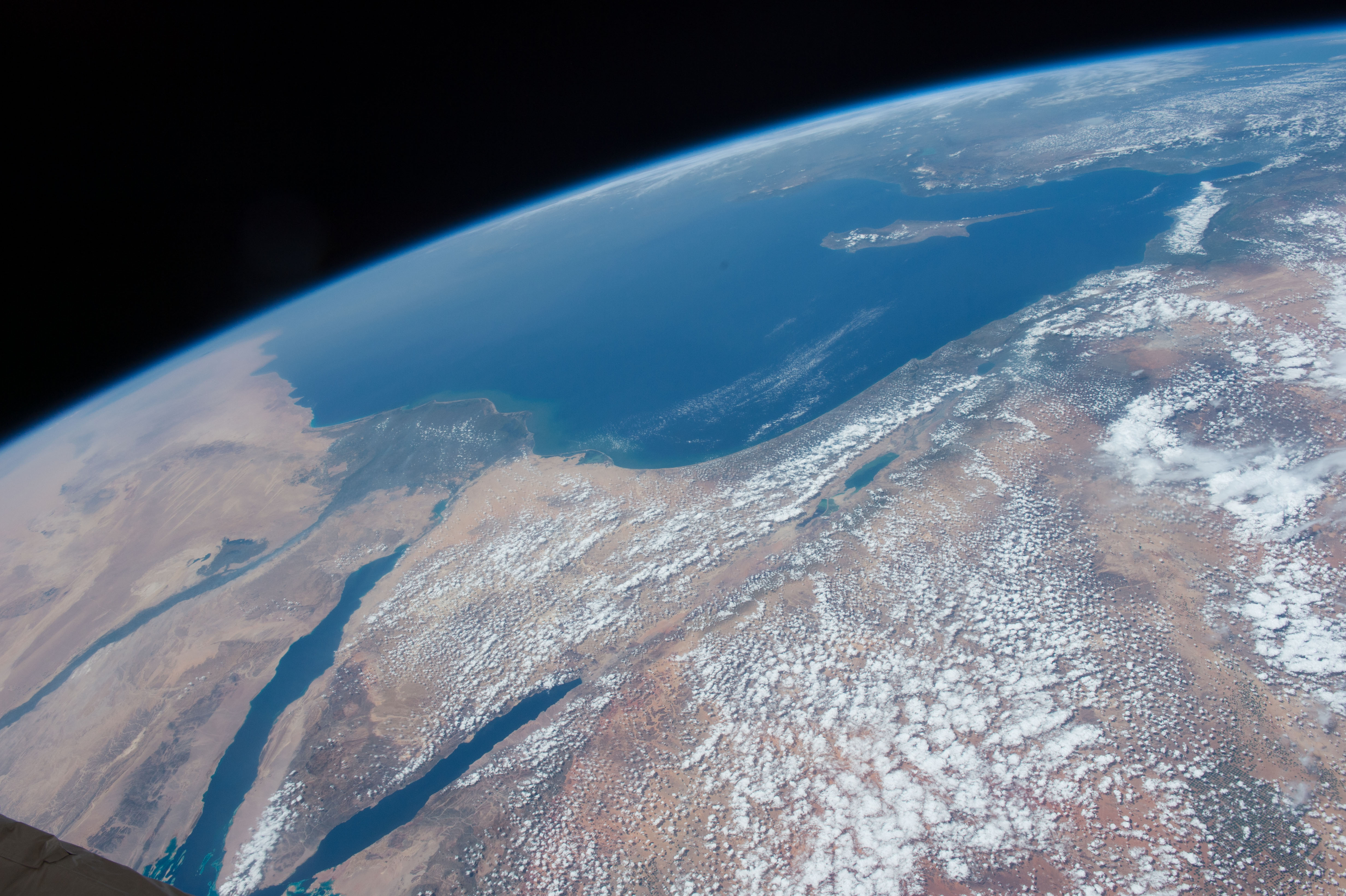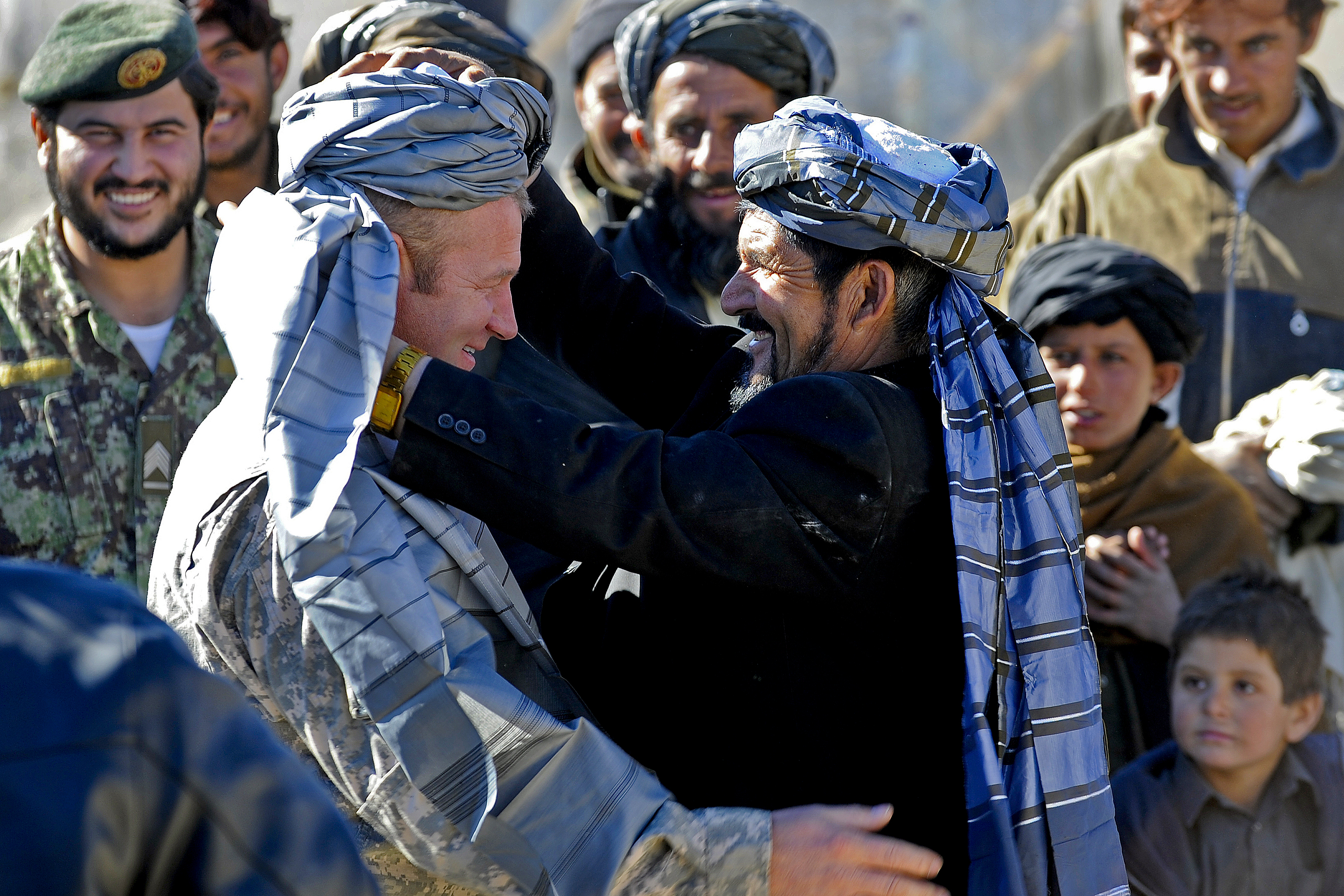|
Lenti Madonna
The ''Lenti Madonna, Bache Madonna,'' or ''Madonna and Child'' is a tempera and gold painting that was painted on a wooden panel by the Italian Renaissance artist, Carlo Crivelli, in the early 1470s to the late 1480s. The ''Lenti Madonnas object dimensions, overall, are (14 7/8 x 10 in.) or (37.8x25.4 cm). With the painted surface alone, the painting is (14 3/8 x 9 1/4 in.) or (36.5 x 23.5 cm). This painting is located at the Metropolitan Museum of Art in New York City. The painting is small in size, which can hint to its intended purpose for private devotion for the painting’s original patron. This painting depicts a popular iconographic religious scene of the Virgin Mary holding Baby Jesus close to her chest. Crivelli’s ''Lenti Madonna'' is artistically decorated with biblical symbols that were common for the time it was created. A few common but important objects of symbolism would include: the hanging apples and pickle surroundings Mary’s head, the lone fly, and the Europe ... [...More Info...] [...Related Items...] OR: [Wikipedia] [Google] [Baidu] |
Carlo Crivelli
Carlo Crivelli ( – ) was an Italian Renaissance painter of conservative Late Gothic decorative sensibility, who spent his early years in the Veneto, where he absorbed influences from the Vivarini, Squarcione, and Mantegna. He left the Veneto by 1458 and spent most of the remainder of his career in the March of Ancona, where he developed a distinctive personal style that contrasts with that of his Venetian contemporary Giovanni Bellini. Early life Crivelli was born around 1430–35 in Venice to a family of painters and received his artistic formation there and in Padua. The details of Crivelli's career are still sparse: He is said to have studied under Jacobello del Fiore, who was painting as late as 1436; at that time Crivelli was probably only a boy. He also studied at the school of Vivarini in Venice, then left Venice for Padua, where he is believed to have worked in the workshop of Francesco Squarcione and then, after being sentenced in 1457 to a six-month prison term ... [...More Info...] [...Related Items...] OR: [Wikipedia] [Google] [Baidu] |
Madonna And Child (Crivelli, Ancona)
''Madonna and Child'' is a tempera and gold on panel painting by Carlo Crivelli, executed ''c.'' 1480, and signed OPVS CAROLI CRIVELLI VENETI. It is now in the Pinacoteca civica Francesco Podesti in Ancona. Its dating has varied on stylistic grounds between the 1470s and 1480s, close in date to the artist's ''Lenti Madonna'' and '' Madonna and Child with an Apple''. According to Melchiorri (1844), the painting was originally in the Gabriel Ferretti chapel in the church of San Francesco ad Alto in Ancona. The chapel had been built in 1480 by Ferretti's nephew. In 1861 the work was in a closet in that church's sacristy, where it was seen by Cavalcaselle and Giovanni Morelli who noted its "marvellous tate ofconservation" in a catalogue of art objects in the Marche Marche ( ; ), in English sometimes referred to as the Marches ( ) from the Italian name of the region (Le Marche), is one of the Regions of Italy, twenty regions of Italy. The region is located in the Central Italy, ... [...More Info...] [...Related Items...] OR: [Wikipedia] [Google] [Baidu] |
Northern Renaissance
The Northern Renaissance was the Renaissance that occurred in Europe north of the Alps, developing later than the Italian Renaissance, and in most respects only beginning in the last years of the 15th century. It took different forms in the various countries involved, and the German Renaissance, German, French Renaissance, French, English Renaissance, English, Renaissance in the Low Countries, Low Countries and Polish Renaissance, Polish Renaissances often had different characteristics. Early Netherlandish painting, especially its later phases, is often classified as part of the Northern Renaissance. Rapidly expanding trade and commerce and a new class of rich merchant patrons in then Duchy of Burgundy, Burgundian cities like Bruges in the 15th century and Antwerp in the 16th increased cultural exchange between Italy and the Netherlands (terminology), Low Countries; however in art, and especially architecture, late Gothic art, Gothic influences remained present until the arrival ... [...More Info...] [...Related Items...] OR: [Wikipedia] [Google] [Baidu] |
Flemish People
Flemish people or Flemings ( ) are a Germanic peoples, Germanic ethnic group native to Flanders, Belgium, who speak Flemish Dutch. Flemish people make up the majority of Belgians, at about 60%. ''Flemish'' was historically a geographical term, as all inhabitants of the medieval County of Flanders in modern-day Belgium, France and the Netherlands were referred to as "Flemings" irrespective of their ethnicity or language. The contemporary region of Flanders comprises a part of this historical county, as well as parts of the medieval Duchy of Brabant and the medieval County of Loon, where the modern national identity and Flemish culture, culture gradually formed. History The sense of "Flemish" identity increased significantly after the Belgian Revolution. Prior to this, the term "" in the Dutch language was in first place used for the inhabitants of the former County of Flanders. Flemish, however, had been used since the 14th century to refer to the language and dialects of both ... [...More Info...] [...Related Items...] OR: [Wikipedia] [Google] [Baidu] |
Eastern Mediterranean
The Eastern Mediterranean is a loosely delimited region comprising the easternmost portion of the Mediterranean Sea, and well as the adjoining land—often defined as the countries around the Levantine Sea. It includes the southern half of Turkey's main region, Anatolia; its smaller Hatay Province; the island of Cyprus; the Greek Dodecanese islands; and the countries of Egypt, Israel, Jordan, State of Palestine, Palestine, Syria and Lebanon. Its broadest uses can encompass the Libyan Sea (thus Libya), the Aegean Sea (thus East Thrace, European Turkey and the mainland and islands of Greece), and the Ionian Sea (thus southern Albania in Southeast Europe) and can extend west to Italy's farthest south-eastern coasts. Jordan is climatically and economically part of the region. Regions The eastern Mediterranean region is commonly interpreted in two ways: *The Levant, including its historically tied neighboring countries, Balkans and islands of Greece. *The Syria (region), region of Sy ... [...More Info...] [...Related Items...] OR: [Wikipedia] [Google] [Baidu] |
Turban
A turban (from Persian language, Persian دولبند, ''dolband''; via Middle French ''turbant'') is a type of headwear based on cloth winding. Featuring many variations, it is worn as customary headwear by people of various cultures. Communities with prominent turban-wearing traditions can be found in, Punjabis, the Punjabis, the Indian subcontinent, Southeast Asia, the Middle East, the Balkans, the Caucasus, Central Asia, North Africa, West Africa, East Africa, and amongst some Turkic peoples in Russia. A keski is a type of turban Majorly worn by female Sikhs, a long piece of cloth roughly half the length of a traditional "single turban", but not cut and sewn to make a double-width "Double Turban" (or Double Patti). Wearing turbans is common among Sikh men (Dastar), and infrequently women. They are also worn by Hinduism, Hindu monks. The headgear also serves as a religious observance, including among Shia Islam, Shia Muslims, who regard turban-wearing as ''Sunnah mu'akka ... [...More Info...] [...Related Items...] OR: [Wikipedia] [Google] [Baidu] |
Holy Land
The term "Holy Land" is used to collectively denote areas of the Southern Levant that hold great significance in the Abrahamic religions, primarily because of their association with people and events featured in the Bible. It is traditionally synonymous with what is known as the Land of Israel ( Zion) or the Promised Land in a biblical or religious context, or as Canaan or Palestine in a secular or geographic context—referring to a region that is mostly between the Mediterranean Sea and the Jordan River. Today, it chiefly overlaps with the combined territory of the modern states of Israel and Palestine. Most notable among the religions that tie substantial spiritual value to the Holy Land are Judaism, Christianity, and Islam. A considerable part of the Holy Land's importance derives from Jerusalem, which is regarded as extremely sacred in and of itself. It is the holiest city in Judaism and Christianity and the third-holiest city in Islam (behind Mecca and Medina in ... [...More Info...] [...Related Items...] OR: [Wikipedia] [Google] [Baidu] |
Festoon
A festoon (from French ''feston'', Italian ''festone'', from a Late Latin ''festo'', originally a festal garland, Latin ''festum'', feast) is a wreath or garland hanging from two points, and in architecture typically a carved ornament depicting conventional arrangement of flowers, foliage or fruit bound together and suspended by ribbons. The motif is sometimes known as a swag when depicting fabric or linen.Sturgis, pp. 22-23 In modern English the verb forms, especially "festooned with", are often used very loosely or figuratively to mean having any type of fancy decoration or covering. Origins and design Its origin is probably due to the representation in stone of the garlands of natural flowers, etc., which were hung up over an entrance doorway on fête days, or suspended around an altar. The design was largely employed both by the Ancient Greeks and Romans and formed the principal decoration of altars, friezes and panels. The ends of the ribbons are sometimes formed into ... [...More Info...] [...Related Items...] OR: [Wikipedia] [Google] [Baidu] |
Aglet
An aglet ( ) or aiglet is a small sheath, often made of plastic or metal, attached at each end of a shoelace, a cord, or a drawstring. An aglet keeps the fibers of the lace or cord from unraveling; its firmness and narrow profile make it easier to hold and easier to feed through eyelets, lugs, or other lacing guides. Etymology The word ''aglet'' and its variant ''aiglet'' come from the Middle French and Old French word ', the diminutive of ', meaning "needle, pin", which in turn comes from the Late Latin ' ("ornamental pin, pine needle"), diminutive of ''acus'', the Latin word for a needle or pin.Picken, Mary Brooks: ''The Fashion Dictionary'', Funk and Wagnalls, 1957. (1973 edition ) History Aglets were originally made of metal, glass, or stone, and many were very ornamental. Wealthy people in the Roman era would have their aglets made out of precious metals such as brass or silver. Before the invention of buttons, they were used on the ends of the ribbons used to fast ... [...More Info...] [...Related Items...] OR: [Wikipedia] [Google] [Baidu] |
Baldachin
A baldachin, or baldaquin (from ), is a canopy of state typically placed over an altar or throne. It had its beginnings as a cloth canopy, but in other cases it is a sturdy, permanent Architecture, architectural feature, particularly over Altar, high altars in cathedrals, where such a structure is more correctly called a Ciborium (architecture), ciborium when it is sufficiently architectural in form. Baldachins are often supported on columns, especially when they are disconnected from an enclosing wall. A cloth of honour or cloth of estate is a simpler cloth hanging vertically behind the throne, usually continuing to form a canopy. It can also be used for similar canopies in interior design, for example above beds, and for processional canopies used in formal state ceremonies such as coronations, held up by four or more men with poles attached to the corners of the cloth. "''Baldachin''" was originally a luxurious type of cloth from Baghdad, from which name the word is ultimat ... [...More Info...] [...Related Items...] OR: [Wikipedia] [Google] [Baidu] |
Passion Of Jesus
The Passion (from Latin , "to suffer, bear, endure") is the short final period before the death of Jesus, described in the four canonical gospels. It is commemorated in Christianity every year during Holy Week. The ''Passion'' may include, among other events, Jesus's triumphal entry into Jerusalem, his cleansing of the Temple, his anointing, the Last Supper, his agony, his arrest, his trials before the Sanhedrin and before Pilate, his crucifixion and death, and his burial. Those parts of the four canonical Gospels that describe these events are known as the Passion narratives. In some Christian communities, commemoration of the Passion also includes remembrance of the sorrow of Mary, the mother of Jesus, on the Friday of Sorrows. The word ''passion'' has taken on a more general application and now may also apply to accounts of the suffering and death of Christian martyrs, sometimes using the Latin form ''passio''. Narratives according to the four canonical gospels A ... [...More Info...] [...Related Items...] OR: [Wikipedia] [Google] [Baidu] |
Parapet
A parapet is a barrier that is an upward extension of a wall at the edge of a roof, terrace, balcony, walkway or other structure. The word comes ultimately from the Italian ''parapetto'' (''parare'' 'to cover/defend' and ''petto'' 'chest/breast'). Where extending above a roof, a parapet may simply be the portion of an exterior wall that continues above the edge line of the roof surface, or may be a continuation of a vertical feature beneath the roof such as a fire wall or party wall. Parapets were originally used to defend buildings from military attack, but today they are primarily used as guard rails, to conceal rooftop equipment, reduce wind loads on the roof, and to prevent the spread of fires. Parapet types Parapets may be plain, embattled, perforated or panelled, which are not mutually exclusive terms. *Plain parapets are upward extensions of the wall, sometimes with a coping at the top and corbel below. *Embattled parapets may be panelled, but are pierced, if not ... [...More Info...] [...Related Items...] OR: [Wikipedia] [Google] [Baidu] |








